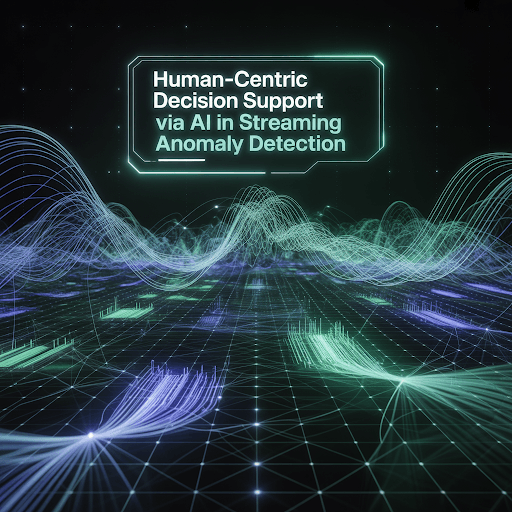
In today’s world, Shakir polakkal mukkathha leading voice in AI system design, explores the convergence of artificial intelligence and human expertise in his recent work on real-time anomaly detection. With a focus on technical rigor and practical relevance, he presents a compelling blueprint for the future of automated monitoring.
Stream Processing Gets a Real-Time Makeover
Traditional systems monitoring data streams have been challenged by scale, speed, and subtlety. Modern architectures shift to stream processing over batch, enabling event-level analysis in real time. Kafka, Flink, and Spark Streaming form the backbone of these systems. Each optimizes for speed, persistence, or complexity, ensuring smooth data ingestion, anomaly detection, storage, and alerting. These platforms handle billions of events while reducing detection time through intelligent layering of components.
Machine Learning Powers Precision Detection
From statistical models to neural networks, machine learning powers anomaly detection. Isolation Forests offer accuracy and speed for high-dimensional data, while LSTM networks capture temporal dependencies crucial for evolving threats. Autoencoders refine this by reconstructing normal patterns and flagging deviations without labeled data. As models grow more specialized, they shift from recognizing point anomalies to detecting complex, contextual deviations in real-time sequences.
Engineering Intelligence at the Edge
Real-time context demands more than smart algorithms it demands smart implementation. Feature engineering is critical, emphasizing temporal, contextual, and relational dimensions. Techniques like rolling statistics, frequency domain transforms, and graph-based relationships enrich the system’s data understanding. To maintain speed, features are incrementally computed, allowing the model to evolve without draining resources. Adaptive windowing and ensemble models counteract concept drift an unavoidable result of changing data distributions.
Balancing Speed with Depth
Latency remains a formidable challenge. Multi-tier architectures resolve this through a hierarchy of detection layers. Initial tiers use lightweight statistical methods at the edge, progressing to sophisticated ML models and contextual reasoning in the cloud. This strategy maximizes resource efficiency without compromising detection integrity. Hardware accelerators and edge computing further reduce delays, allowing systems to process and respond locally before pushing results upstream.
Meaning Through Correlation
An anomaly alone says little. Real-time systems increasingly emphasize event correlation and contextual enrichment. By analyzing sequences and identifying cause-effect chains, these systems deliver actionable insights rather than raw alerts. Whether correlating multi-stage attacks or overlaying business metrics, the focus is on improving signal clarity and response accuracy. The result? Lower false positives, faster troubleshooting, and a clearer picture of operational health.
Industries Redefine Monitoring Norms
The impact spans across sectors. In telecommunications, AI foresees equipment failures and fraud before they disrupt service. In finance, it halts card-not-present fraud and detects crypto laundering in real-time. Retailers gain from shrinkage reduction and inventory monitoring through edge-powered IoT systems. And in cybersecurity, AI doesn’t just assist it collaborates, enabling junior analysts to perform at senior levels through explainable, context-rich interfaces.
Human + AI: A Synergy, Not a Substitute
The most effective systems don’t sideline human intelligence they amplify it. From feature selection to anomaly interpretation, domain experts are crucial. Explainability ensures analysts trust and understand the systems. Visual dashboards, counterfactual reasoning, and confidence metrics turn complex detections into actionable insights. Feedback loops refine behavior, creating a virtuous cycle of learning and adaptation.
The Road Ahead: Smarter, Faster, More Secure
Looking ahead, innovations like self-supervised learning, federated anomaly detection, and neuromorphic computing promise greater strides. These technologies reduce reliance on labeled data, enable cross-organizational insight sharing with privacy, and enhance energy efficiency and speed. As organizations face growing data and evolving threats, the fusion of human and artificial intelligence will remain essential.
In conclusion, the article concludes by reaffirming that the future of real-time anomaly detection is not about replacing humans, but about enabling them to see further and act faster with Shakir polakkal mukkathh‘s vision providing a grounded, forward-thinking guide.